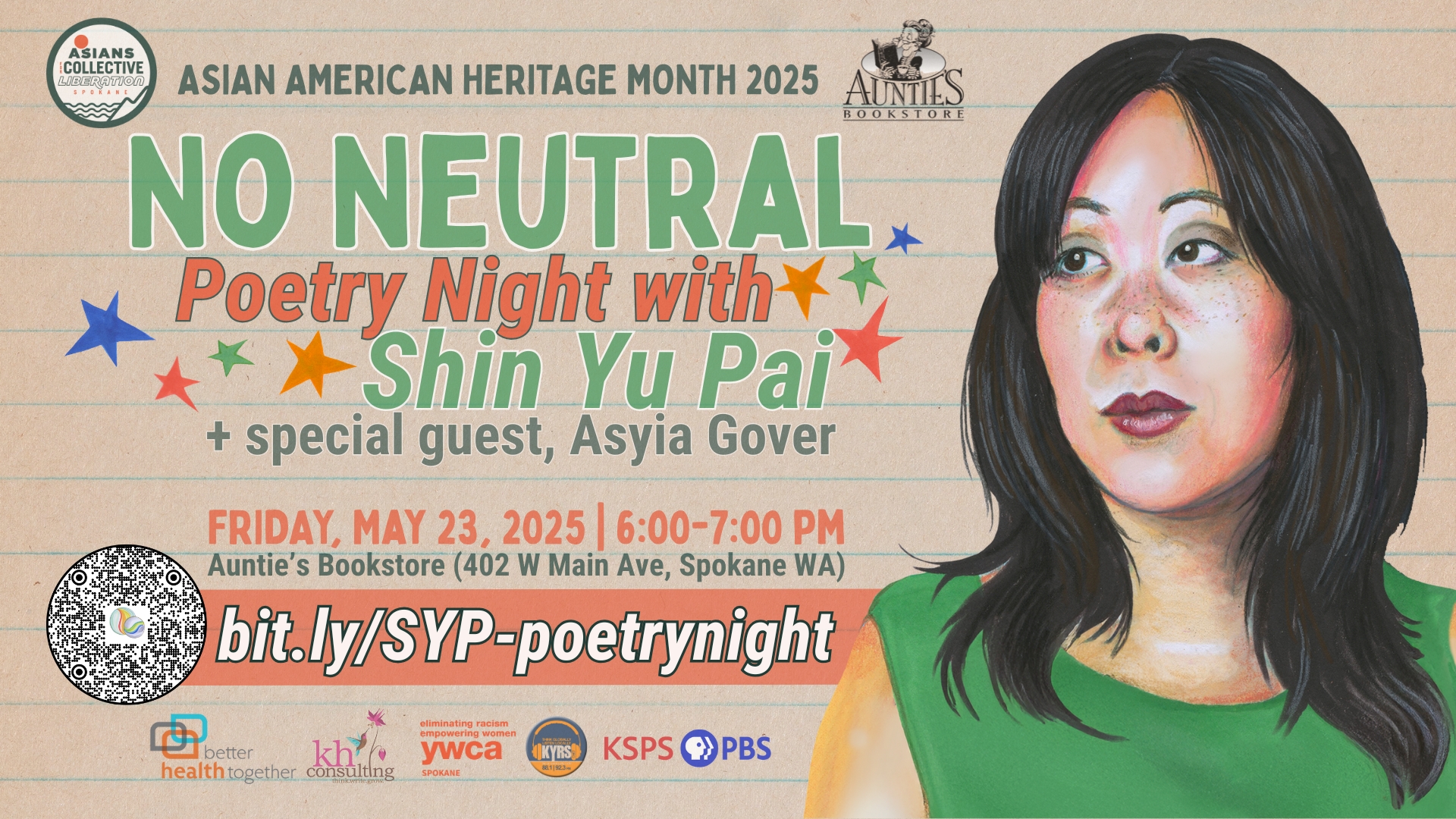Q: What traditions or practices from your cultural heritage do you hold closest to your heart, and why?
Paper burning as a shamanic practice of communicating with the ancestors and the dead. We all need rituals and methods of working with grief and communing with those who have gone before us, particularly when methods beyond language become necessary.
Q: What message or “letter” would you want to send forward for future generations to hear?
Everything is interrelated. The more-than-human world (i.e. “nature”, animals, plants, spirit, art) is as important as the human world. We live in a world of perceptual reciprocity with all beings.
Q: How can storytelling serve as a powerful tool for activism, healing, and community-building—especially in moments when we’re navigating identities, experiences of “otherness,” or cultural misconceptions?
Stories give us the opportunity to reimagine and reclaim our narratives and to look at trauma in a transformative way, so that it can become possible to define our experience and truth in a new light. Stories can be a form of narrative change that let us discern between past, present and future. We can rewrite the story or change the story that we tell ourselves and others. We can speak what’s true for us from our lived experiences to share a greater awareness of cultural contexts and create more connection to undo the loneliness, through the generosity of sharing story.
Q: What advice or encouragement would you offer to Asian American youth who want to get involved but feel caught between different identities or cultural expectations?
There is no one right way to be Asian American or to practice your activism. Let that come in whatever form it does – whether as a poet, archivist, healer, artist, or community leader.
